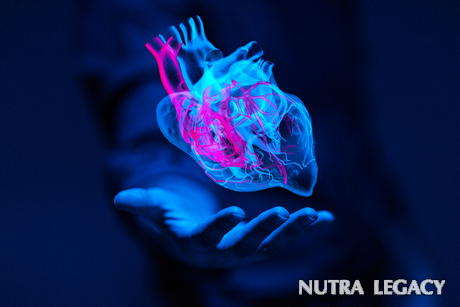The Basics of the Circulatory System

- Even if you don’t have an impaired circulatory system, understanding the circulatory system will help you know more about how to improve poor circulation
- There are technically two circulatory systems in our bodies: the pulmonary system and the systematic circulatory system. The pulmonary system connects the heart to the lungs while the systematic circulatory system ensures that blood pumped through the heart reaches every part of the body
- The parts of the circulatory system are: the heart, blood vessels, veins, capillaries and arteries
- Most importantly is the heart. The human heart consists of four chambers separated by muscular walls. The arteries and veins help the heart by pumping the blood through the body. Connecting the arteries and veins are capillaries. These capillaries ensure that nutrients and oxygen end up reaching the cells of the body
Understanding cardiovascular health, including the prevention of heart disease, means learning more about the circulatory system. It’s important to know how this major body system works in order to understand how certain lifestyle choices could be causing damage to your circulatory system and how to repair that damage once it has been done.
Parts of the Circulatory System
Essentially, the circulatory system includes the heart, blood vessels, veins, arteries, and capillaries. In fact, most people do not realize that technically there are two circulatory systems present in our bodies; the pulmonary system connects the heart to the lungs and the systemic circulatory system ensures that blood pumped from the heart reaches every part of the body before returning back to the heart.
The Heart
As the primary component of the circulatory system, the heart is one of the most important organs in our bodies. The heart is a muscle. Statistically, the average heart will beat about 80 times per minute, which is equal to around 100,000 times per day.
The human heart consists of four chambers: the left and right ventricles and the left atria and right atria. The ventricles are the bottom two chambers of the heart and the atria are located in the upper part of the heart. These chambers are separated by muscular walls. Another important feature of the heart is valves, which help control the flow of blood between the chambers and the systemic circulatory system.
Arteries and Veins
Each time the heart beats blood is pumped to the rest of the body through the arteries and veins. First, deoxygenated blood travels to the lungs via the pulmonary arteries to pick up oxygen. When the oxygen enriched blood comes back to the heart, it provides the heart with oxygen then moves into the coronary arteries to spread the oxygen-rich blood to the rest of the body.
When the blood finishes its journey through the circulatory system to all the parts of our body, it returns to the heart via our veins. One of the interesting features of the veins is that they have valves that stop blood from traveling backwards.
The Other Body of the Circulatory System
Connecting the arteries and veins in the circulatory system are the capillaries. The purpose of the capillaries is to ensure that nutrients and oxygen end up reaching the cells of the body. These small parts of the circulatory system also remove waste products from the blood. Cardio exercises help to keep capillaries clean by stimulating blood circulation in the circulatory system.
Because of its close relationship to the heart and circulatory system, the lungs could be considered an important part of the system as well. Without properly working lungs, the blood cannot receive the oxygen it needs to take to the rest of the body.
Although not a part of the circulatory system, blood pressure is directly related to the system’s functioning. Blood pressure measures two states: the diastole and the systole. The former refers to how much pressure is left in the arteries when the heart is relaxed while the latter is the measure of how much pressure is put on the arteries during heart contractions. High blood pressure during either or both periods puts additional strain on the circulatory system.
The information supplied in this article is not to be considered as medical advice and is for educational purposes only.
|
| ||||||||||||||





 21 Nov 2008
21 Nov 2008